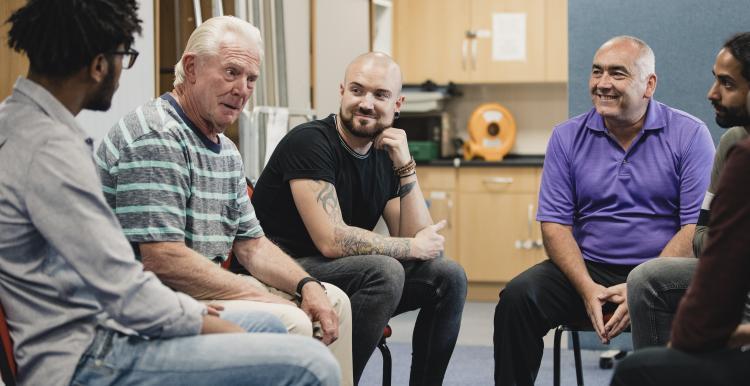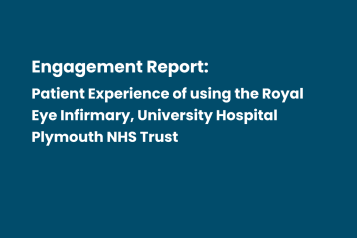Breaking down NHS waiting lists to tackle inequalities

We hear from people across England about their experiences waiting for NHS treatment, and how these waits can be longer and more challenging for certain groups. In July, NHS England took a significant step by publishing waiting list figures broken down by key demographics for the first time.
What you told Healthwatch
In 2022, as the NHS waiting list soared, we researched the human stories behind the numbers. Our findings revealed stark inequalities: women, people from ethnic minority backgrounds, disabled people and those living in deprived areas often faced longer waits and worse experiences.
These disparities were not simply about time. People told us about poor communication, a lack of support for worsening symptoms and the mental and physical toll they faced. They also told us of the impact long waits had on their ability to work, do household tasks, and socialise.
And our research showed the importance of breaking data down to understand the experiences of people with multiple, intersecting identities. For example, people from minority ethnic low-income households were almost twice as likely to face treatment delays or cancellations than wealthier white British households.
How Healthwatch acted on your feedback
Based on this evidence, we called for NHS England to publish waiting list data broken down by demographics like age, sex, ethnicity, and deprivation levels. This would help identify inequalities and ensure action is targeted to improve access for everyone.
We shared our research with NHS leaders, emphasising the need to manage the backlog in an equitable way without leaving some groups behind.
What changed as a result?
On 17 July 2025, NHS England published these breakdowns for the first time as part of its Elective Care Reform Plan.
This data will highlight disparities, helping to drive fairer care and prevent anyone from being overlooked due to their background.
Healthwatch England Chief Executive, Louise Ansari, responded:
"We welcome the work from NHS England to publish this important data, which we have called for since our report on waiting list disparities in 2022.
Understanding who is waiting longer for hospital treatment is the first step to addressing inequalities and making sure everyone has the same access to care.
However, there is more to do. The government must make plans to collect further demographic information in future, including whether people have physical or learning disabilities, and whether they have caring responsibilities."
What further action are Healthwatch taking?
We are continuing to push for expanded data collection and analysis to cover disabilities and caring roles.
We’ll monitor how this new information is used to tackle root causes and improve patient experiences. By working with NHS England, we aim to ensure inequalities are identified and reduced.



